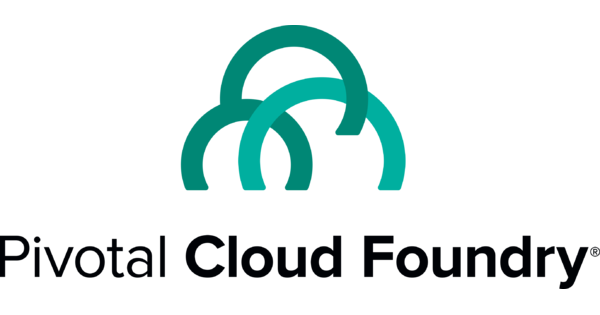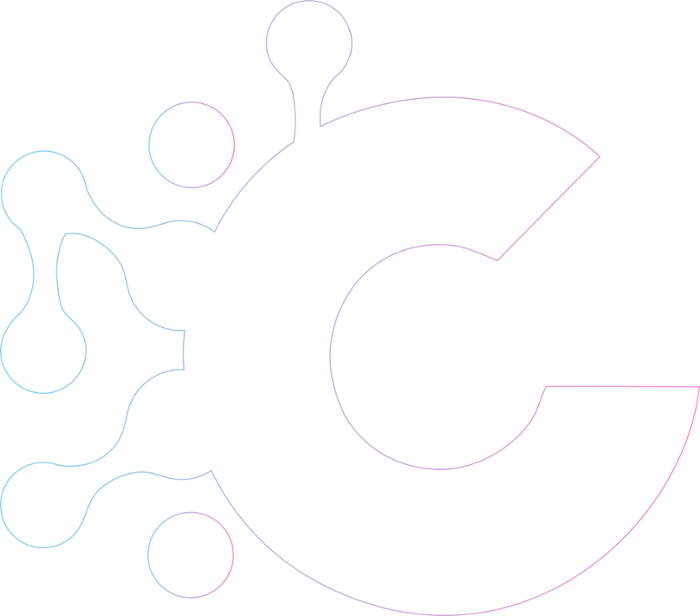Transforming a Global Financial Institution into the digital age via the power of cloud native technology

A trailblazing journey into the digital FinTech world
A personal banking solution that runs in the cloud.
The global financial institution needed to architect a cloud-based platform for personal internet banking. To that end, they were looking for expertise in CI/CD integration, containerisation, microservices design, and enterprise application development to launch a greenfield digital banking solution hosted on the cloud. As the project progressed, they also were looking for expertise in technical project management in the cloud domain, monolith-to-microservices conversion, managing multi-supplier cross-functional teams, and enterprise organisational change.
The client was keen on the expertise in managing different suppliers – taking different experts from multiple suppliers and harmonising them. They needed to create teams that had both outside experts and local resources that were being upskilled. Handover, documentation, pair programming, bringing the local team along, giving them skills, and having them copy and succeed with the suppliers were all important parts of the project.


A young, savvy brand of usurpers challenging the old guard
Digitally transformed to avoid disruption by new FinTech platforms that appeal to young demographics and have high-tech tools and data.
The global bank’s retail and wealth management arm (personal banking) was being disrupted by Fintech. Customers, especially younger ones, may have been swayed by competitors’ technology because the client lacked the know-how to offer such features.
They acquired the challenger bank first direct, the first bank to introduce a 24/7 call centre. They wanted to do an innovative project, bring in outsiders, influence people within, and apply that pattern across the group.
The global bank feared FinTech onboarding. First Direct customers used forms and snail mail, so they couldn’t compete with FinTech. first direct lost Millennial and Gen-Z clients. FinTechs had faster onboarding, and the bank was concerned since new customer signups (from younger demographics) slowed. Ultimately, using first direct, the client wanted to build a digital banking solution and a swift cloud-based customer onboarding process that could compete with what FinTech platforms offer.
The beginning of a new voyage in digital transformation
How we analysed and approached the business needs and recommended a strategic solution.
We first evaluated their current state. Then we mapped their current systems and processes to make the project become a greenfield initiative.
We also implemented a scaled agile framework and performed a pre-mortem. Each team worked together to predict what could go wrong in their location.
To constrain the scope, we advocated a clear subset of requirements and started with the description of a minimum viable product (MVP) that has the definition of “done”. Having an MVP helped us to move to production early.

The magic of cloud native transformation propels the institution into the future
Our greenfield project saw the development of a brand new personal banking solution that would bring digital-first into the status-quo.
We initiated a greenfield project and delivered a new personal internet banking solution hosted on the cloud. We built a new microservices platform and automated code-to-production pipelines (CI/CD). We also provided the banking application with authorisation and authentication capabilities.
All these efforts were supported by the DevOps culture we built inside first direct. With DevOps, we delivered agile ways of working and cross-functional scrum teams. Streamlined product development through CI/CD pipelines. We also transformed from service management into observability, while modernising their monitoring and alerting capabilities into a full observability function.
Tools and technologies used




















Achieving better results

first direct moved to cross-functional teams working in the agile methodology paradigm.

We changed the culture so that a team (cross-functional) owns their own mistakes in production.

We ensured that new developments were repeatable and could be managed on a global scale.

We maintained a DevOps culture within the organisation where team members needed to rely on each other.

With that culture, we brought transparency and accountability.


